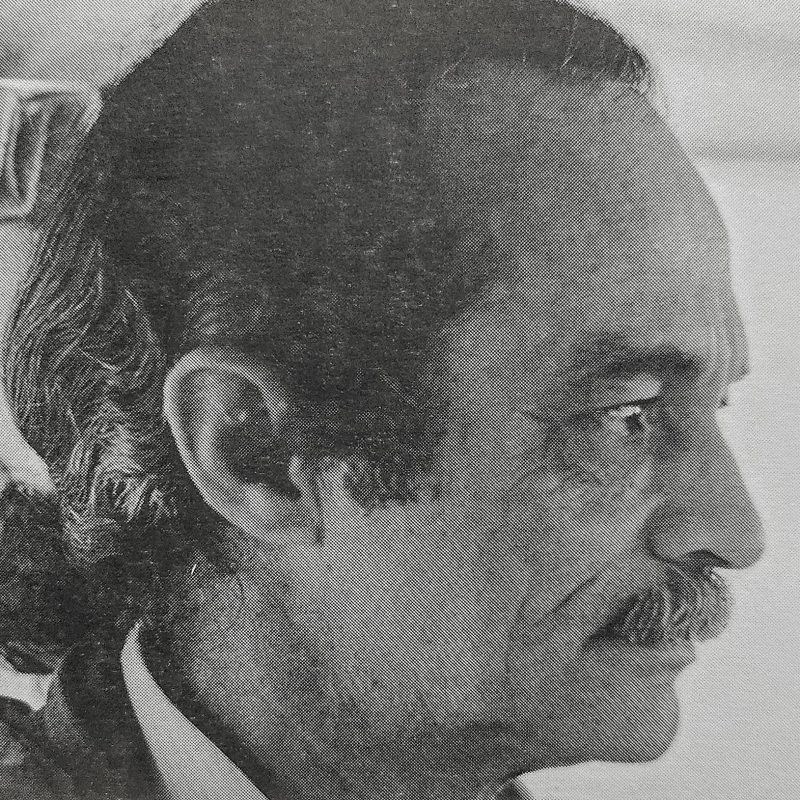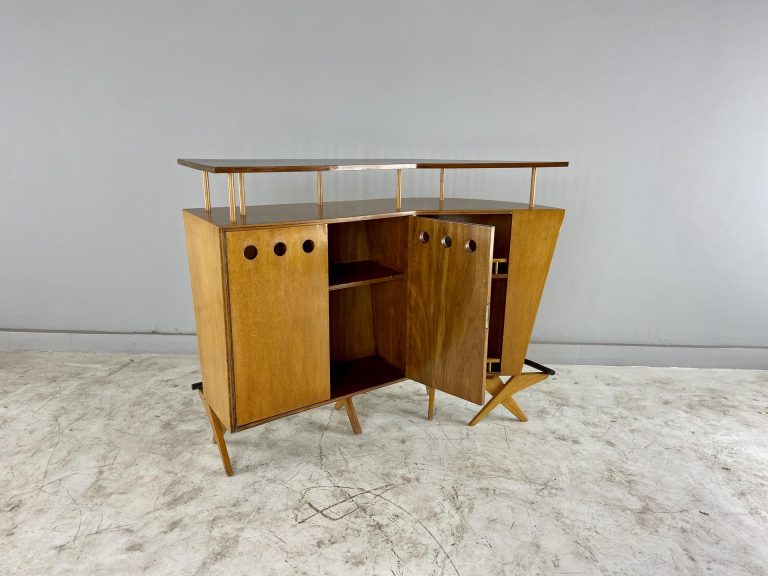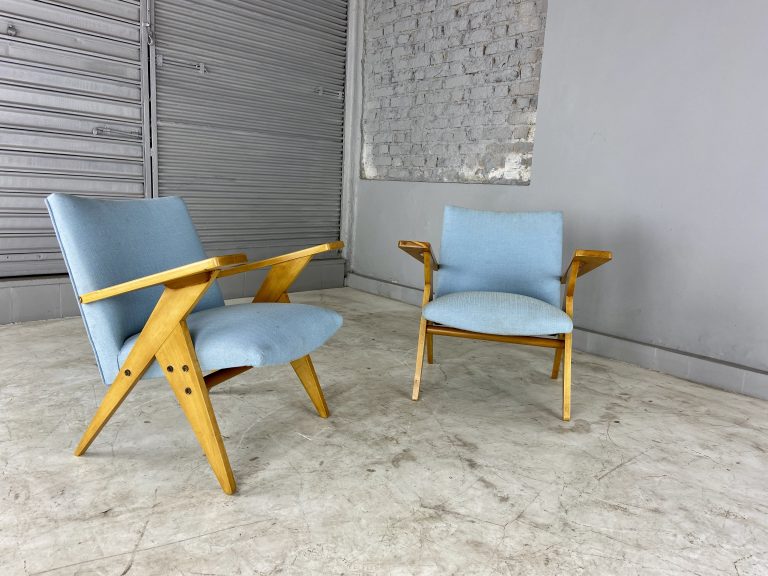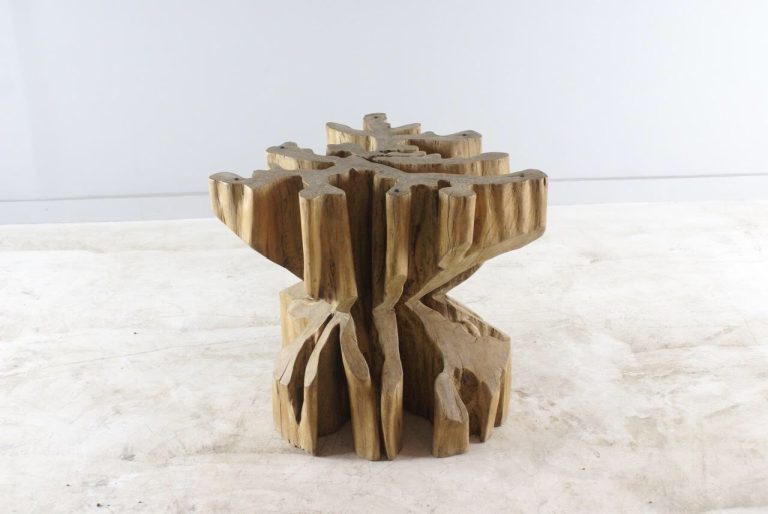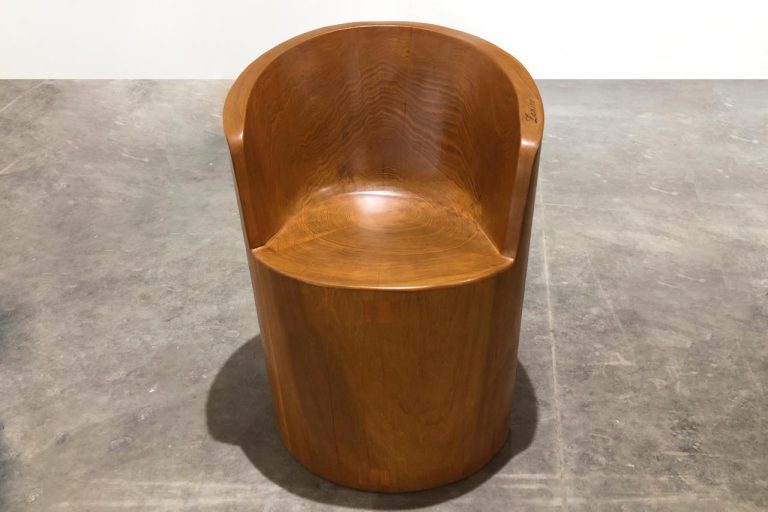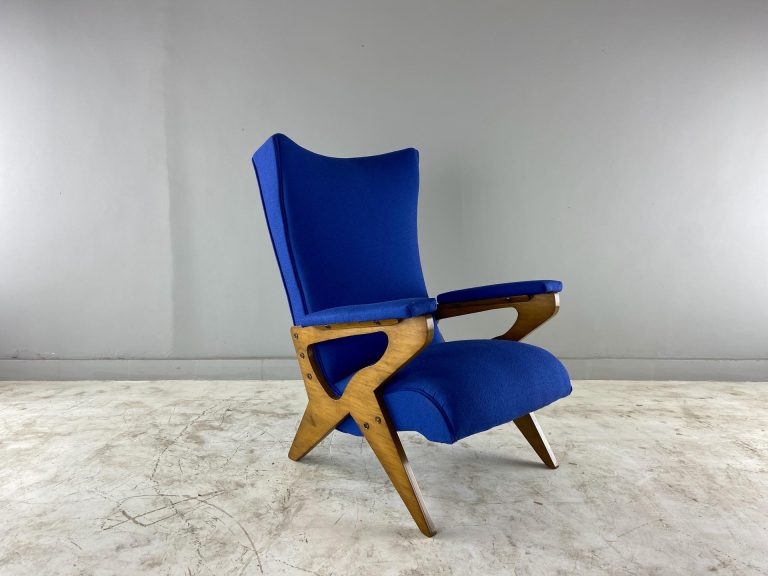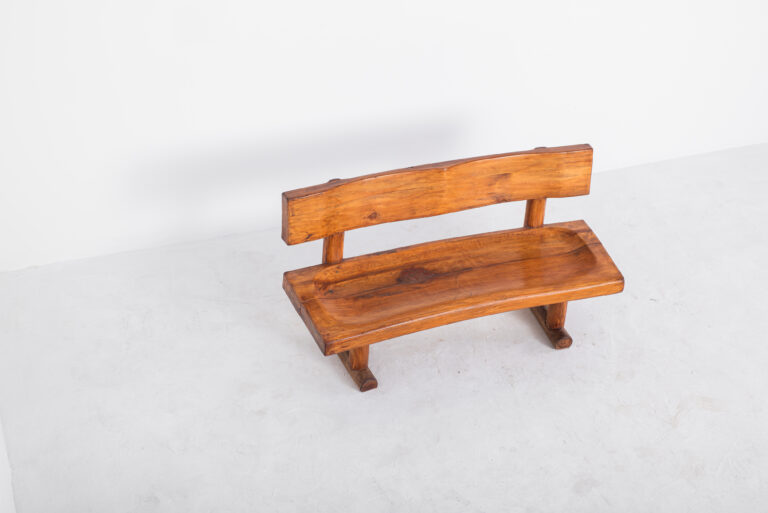(Belmonte, Bahia, 1919 – Vitória, Espírito Santo, 2001).
Architect, designer and model maker. It stands out for exploring the constructive potential and plastic qualities of Brazilian woods and for ensuring an environment of rusticity and coziness, both in high-end projects and in popular constructions.
With no official training as an architect, in the 1940s, he worked as a draftsman for the Severo Villares office and as a member of the National Historical and Artistic Heritage Service (Sphan). He opens a model studio in Rio de Janeiro, where he works from 1941 to 1948, and then transfers it to São Paulo, where he works from 1949 to 1955. Caldas becomes a designer and architect through the model studio, and gains fame only for the quality, but also for its ability to propose solutions to the design problems that it identifies during the execution of the models.
In 1949, he created the Móveis Artísticos Z factory, whose objective is to produce industrialized furniture on a large scale – with good design and affordable prices – based on the rational use of plywood sheets.
From 1950 to 1952, he worked as an assistant to the architect Alcides da Rocha Miranda (1909-2001) at the Faculty of Architecture and Urbanism of the University of São Paulo (FAUUSP). He left Móveis Artísticos Z and, from 1953 to 1958, developed landscaping projects in the city of São Paulo. He moved to Brasília, where he built his first house, in 1958, and coordinated the construction of other houses until 1964.
Nominated by Rocha Miranda, he entered the University of Brasília (UnB) in 1962 and taught models until 1964, when he lost his position due to the military coup. In the same year, he travels through Latin America and Africa, an experience that has notable effects on his work, especially in the recognition of the value of popular “know-how”. He returns to Brazil and builds his second house, the first of a series of projects in the Joatinga region of Rio de Janeiro.
In 1968, he moved to Nova Viçosa, Bahia, and opened an atelier-workshop, which operated until 1980. Living in the city of Bahia allows contact with the wild, canoeists and the threatened landscape of the place, and brings him closer to environmentalists. . He participated in the project of an environmental reserve with the plastic artist Frans Krajcberg (1921-2017), for whom he designed a studio in 1971. During this period, the furniture is built with raw wooden logs, whose twisted lines inspire his designs.
He builds the Casa dos Triângulos (1970) and the Casa da Beira do Rio (1970), in which he adopts a very artisanal construction system with wood typical of the region. This system consists of assembling a template on the floor, in the actual size of the house to be built, in which the parts are defined and equipped and the structure is erected, which is then dismantled for the numbering of the parts and the sending of the structure to the work site.
In 1989, he was reinstated in his post at UnB, but he did not teach. He travels to Europe, where he designs residences in Portugal and teaches at the School of Architecture in Grenoble, France. In the same year, the Museum of Decorative Arts in Paris exhibits his design pieces, and Caldas receives the silver medal from the College of Architects of France. Self-taught, in 1991, at the 13th Brazilian Congress of Architecture in São Paulo, he received the title of honorary architect given by the Institute of Architects of Brazil (IAB).
• Source: ZANINE Caldas. In: ENCICLOPÉDIA Itaú Cultural de Arte e Cultura Brasileira. São Paulo: Itaú Cultural, 2022. Disponível em: http://enciclopedia.itaucultural.org.br/pessoa25335/zanine-caldas. Acesso em: 15 de outubro de 2022. Verbete da Enciclopédia. ISBN: 978-85-7979-060-7


